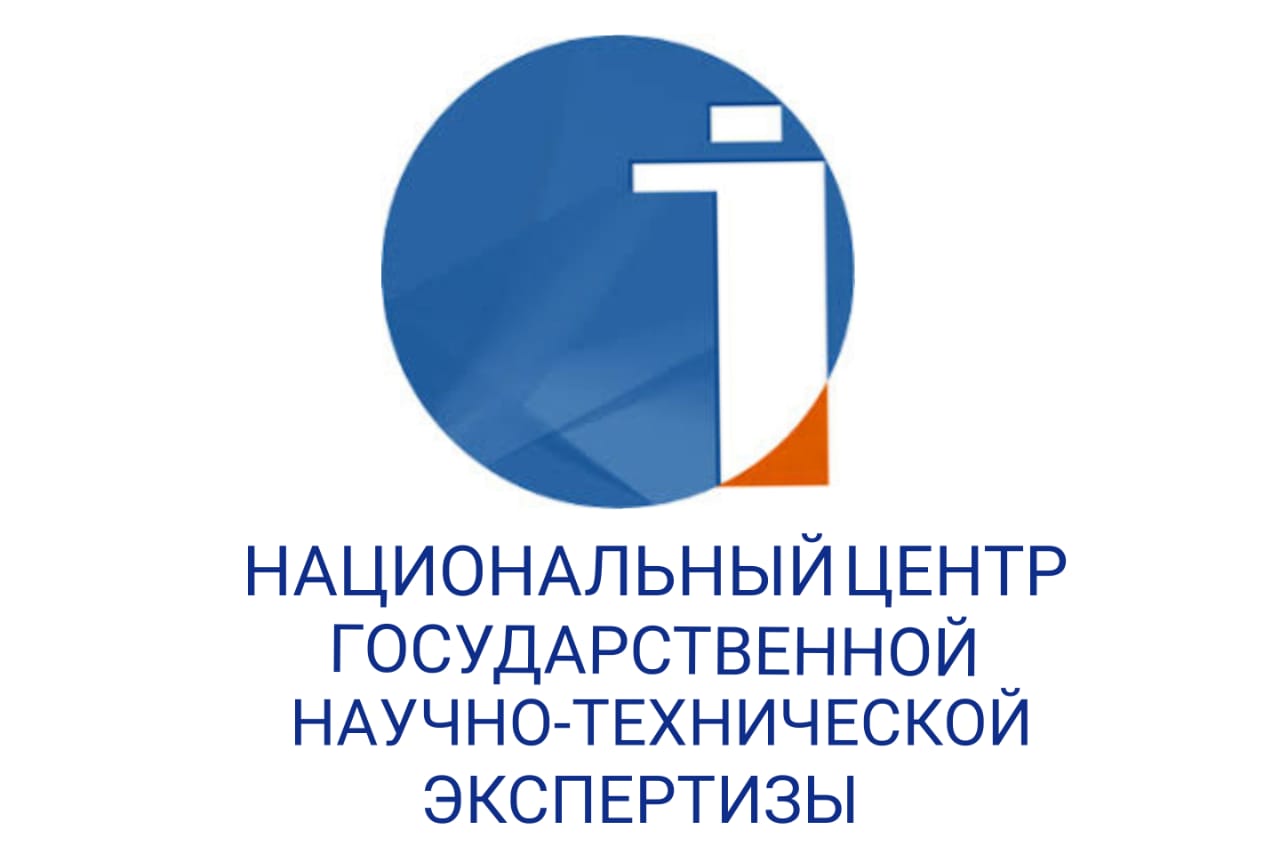RUSSIAN AND KAZAKH PHRASEOLOGICAL UNITS WITH A COLOR COMPONENT: ETHNO-LINGUISTIC AND CULTURAL STUDY ASPECTS
DOI:
https://doi.org/10.48371/PHILS.2022.66.3.015Keywords:
phraseological turnover, color terms, field research, peripheral core, language picture, linguocultural approach, national cultural code, contrastive analysisAbstract
The article examines Russian and Kazakh phraseological units with a keyword denoting color notions, which are products of linguistic folk consciousness as a materialization of generations experience and individual representatives of an ethnic group. The scientific and practical significance lies in the fact that the identification of national and cultural stereotypes of ethnic groups mentality in the modern globalized world is a socio-political, economic, psychological and historical factor in the formation of a nation as a community of a certain state. The research methodology is based on a comparative analysis of Russian and Kazakh phraseological units, the identification of full, partial equivalents in the compared languages and the analysis of non-equivalent Russian and Kazakh phraseological units. As a result of the lexico-semantic analysis of the studied set phrases, it has been established that the study of such complex associative language units as phraseologism, in comparative, linguoculturological and cognitive aspects, is one of the urgent topics of modern linguistics, the coverage of which is necessary for understanding the priority of creating positive factors in intercultural communicative process. The value of the study is determined by the understanding that the phraseological fund of the language captures and reflects the social and cultural experience of the linguocultural community, it is reflected both in the universal, common for all mankind, and in the unique, national-cultural picture of the world, it characterizes the common and peripheral core, reflecting the national and cultural specifics of the Kazakh and Russian philosophical worldview and showing a unique perception of the surrounding reality through the prism of the analyzed languages paremiological fund. The practical significance of the research results is determined by the possibility of introducing this material into the content of disciplines of postgraduate education (master's and doctoral studies), which are associated with cognitive, intercultural, linguoculturological aspects of language learning: "Ethnolinguoculturology", "Russian language and intercultural communication", "Theory and practice of intercultural communication ".








